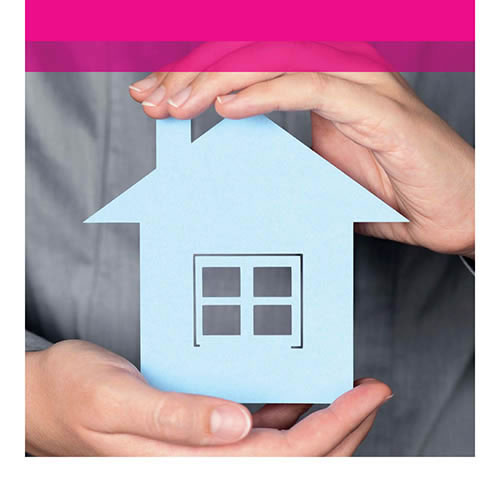As smart home installations get more complex, it is an ideal opportunity for specialist retailers to cash in before they get frozen out of the market, says Jon Carter, Deutsche Telekom head of business development
The smart home market is rapidly taking shape and retailers need to ensure that they are not left out. The Internet of Things (IoT) not only provides a compelling means to drive growth, but also represents a very real threat to their future business.
Smart devices are becoming a more frequent feature in our homes, from smart thermostats and LED lights, to IP cameras and connected security systems.
To date, most of these smart solutions can be described as ‘silo products’, smartening up one specific aspect in the home. However, over the next few years, many of these devices will start to communicate with each other, allowing consumers to create entire scenarios that simplify their lives and remove some of the more mundane tasks around the home.
For instance, when we leave our house in the morning for work, the smart home ‘away’ scenario will not only see to it that the security system is automatically switched on, but the heating will also be turned down and the lights and all non-essential appliances turned off.
For the industry, this prompts two immediate questions: how can retailers enable smart homes and encourage consumers to buy into them? And how can retailers ensure that they are not removed from the smart-home supply chain altogether, but rather use smart-home products and services to build a deeper relationship with their customers?
The customer relationship
Retailers have the opportunity to actively participate in the rapidly growing smart-home market, as the sector moves beyond early adopters and hobbyists towards adoption by the mass market.
Currently, the smart home is often connected in building blocks through ‘do-it-yourself’ installations of, for example, smart lighting or heating solutions. Appliances and systems, such as smart LED lights and security cameras, are already shipping with connected capability, ready to plug into the Internet of Things. So retailers have an opportunity to strengthen their brand position and offer help and advice for consumers considering connecting their homes.
As the number of smart devices in the home increases and consumers are facing more complex installation scenarios, we expect the ‘do-it-yourself’ approach to be increasingly overtaken by the ‘do-it-for-me’ concept. Retailers are in a prime position to exploit this trend, especially as they look to differentiate their offering from online retailers by providing installation and on-site support services.
Consumers are demanding enhanced value through connected services, rather than just consumer hardware, and retailers can therefore look to extend their existing relationships by offering these services.
The connected home helps retailers to improve their attachment rate for installation. They can also up-sell and cross-sell additional products and services, such as extended warranties, financing and ‘end-of-life’ replacement services.
Disruption
The IoT doesn’t just represent a growth opportunity for retailers. The development of the smart home brings with it a great deal of disruption, carrying a real risk that retailers could, either completely or partially, be cut out of the value opportunity.
Retailers face being left out of the loop by device manufacturers, in particular, as they provide goods that would traditionally be sold through retail channels directly to consumers via the apps and platforms that come with their smart devices.
In addition, retailers face being frozen out by the likes of Amazon, as it builds on its connected home capabilities, through Amazon Echo, the Amazon Dash button, Amazon’s new home automation store and its Home Services installer marketplace.
An in-store, smart-home platform supports agents and store staff in their efforts to provide the best customer service.
It enables retailers to extend their store front into the customers’ hand, by using a connected home app to engage with them directly, helping them to save energy on appliances, order new products, schedule maintenance visits and much more.
The connected home is rapidly developing and brings a significant number of opportunities and challenges for the market.
Openness and flexibility is critical in the development of the smart home market – and it’s why Deutsche Telekom has invested significantly in building a white-label connected home platform to provide the open interfaces, as well as robust security processes that will enable retailers to capture growth and differentiate themselves in an increasingly competitive market.
- For more information and to download Deutsche Telekom’s report on the connected home click here


